The Unknown True Story Behind Boston Strangler
- Oops!Something went wrong.Please try again later.
- Oops!Something went wrong.Please try again later.
- Oops!Something went wrong.Please try again later.
When the Boston Strangler murders took place in the 1960s, the term "serial killer" wasn't even a thing yet.
That chilling category of criminal wouldn't enter the popular consciousness until 1974. So even after seven women were found dead in the Boston area in 1962, and there were striking similarities at every crime scene, some of the most seasoned detectives on the case were loath to attribute the carnage to one person.
That's where Loretta McLaughlin and Jean Cole came in.
"When you tell this story, you never hear about these women, and they were absolutely integral to connecting the dots, breaking the case, pressuring the police department," Carrie Coon, who plays Cole in Boston Strangler, now streaming on Hulu, told E! News. "And I was shocked that I had known the outlines of this story my whole life and I'd never heard of these women before."
Keira Knightley, who plays McLaughlin, noted that it was rather "extraordinary" to think that "the two women who coined the very term 'Boston Strangler'" had been "erased" from the narrative.
TV's Most Killer True Crime Transformations
McLaughlin and Cole were reporters on other beats at the Boston Record American when they joined forces to write an exclusive series of articles about the murders starting in January 1963.
Though they're included in Gerold Frank's definitive 1966 book about the original investigation, The Boston Strangler, they were nowhere to be found in the 1968 film of the same name starring Tony Curtis as confessed killer Albert DeSalvo and George Kennedy as the lead detective on his trail—exactly the male-cop-pursues-killer plot that Knightley and Coon agree is far more common.
"Two trailblazing warrior women going after this serial killer is not the way the serial killer story is normally told," Coon said. "It's usually a serial killer and a dogged cop who's trying to save all the women. When in fact the story is, nobody was trying to save the women! It took two women to say, 'Hey, women, there's danger in the streets!'"
This is the story that McLaughlin and Cole helped uncover:

Who were the earliest victims attributed to the Boston Strangler?
All crime scene descriptions are according to Frank's The Boston Strangler, which utilized police reports, court documents, medical records, interrogation transcripts and his own interviews and research, and won an Edgar Award for true crime:
The first victim attributed to the Boston Strangler was Anna Slesers, a 55-year-old seamstress who lived alone in a third-floor apartment in Boston's Back Bay neighborhood. Her 25-year-old son found her at 7:45 p.m. on June 14, 1962, when he showed up to drive her to a church service—and, when he found her lying in the hall next to the bathroom, he assumed she had hanged herself with her own bathrobe tie.
But seeing the tub partly full of water, the freshly baked muffins in the kitchen and the way Slesers' robe was opened below her shoulders to expose the rest of her naked body, Boston Police Special Officer James Mellon, one of the first cops at the scene, knew he was looking at a murder.

On June 30, when Nina Nichols, 68, failed to show up at her sister's house for dinner, her brother-in-law called her apartment superintendent to ask if he could check on her. The janitor found Nichols lying on the bedroom floor in her fourth-floor unit, strangled with a pair of her own stockings, her housecoat pulled up so she was exposed from the waist down.
Worried after not seeing Helen Blake all weekend, two neighbors borrowed her key from the super in their Lynn, Mass., building and peeked in at 5 p.m. on July 2. They called police, who found the 65-year-old face-down on top of her bed, her pajamas pushed up over her shoulders.
Blake was strangled with a stocking and the ends of her bra were tied under her chin into a floppy bow—similar to how Slesers' robe cord and Nichols' stockings were tied. Investigators determined Blake had also been killed on June 30.
The True Crimes That Inspired American Horror Story
Ida Irga, 75, was found on the living room floor of her fifth-floor apartment in Boston's West End on Aug. 22. She'd been manually strangled but a pillowcase was tied around her neck.
On the afternoon of Aug. 30, Jane Sullivan, 67, was found strangled with her own stockings in her first-floor apartment in Dorchester, across town from Irga. She'd been left posed in a kneeling position in her bathtub, her face and forearms in six inches of water, and it was determined she'd been dead for days.
Investigators found that the items tied around each woman's neck were all tied with what's known as a granny knot.
How did the police investigation into the Boston Strangler killings proceed?
After it turned out that Nichols and Blake were killed on the same day, police set up a 24/7 emergency hotline (9-1-1 wasn't established until 1968) and issued statements encouraging women to keep their doors locked, not let any strangers into their home and report any suspicious characters.
At the same time, per Frank's book, Police Commissioner Edmund McNamara didn't want mass hysteria in the streets, so while assigning every available cop to the murders and arranging for dozens of his detectives to attend an FBI seminar on sex crimes, not a lot of information was released to the public.
But the hotline was still ringing off the hook with reports of disturbing behavior, as it turned out that there were a lot of men bothering women, even if they weren't killers.
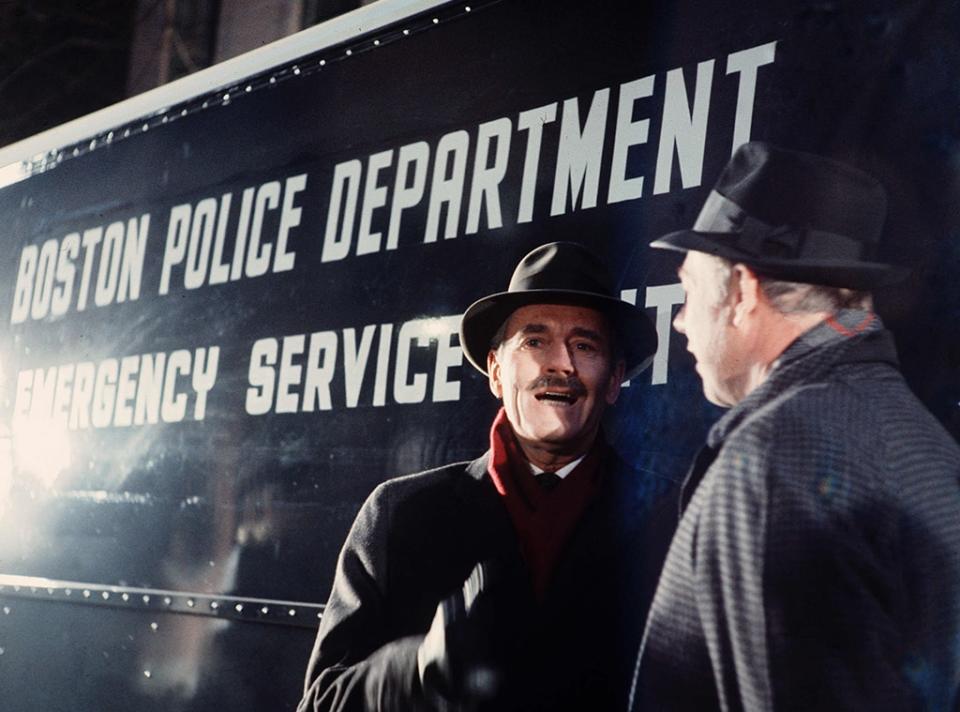
After Irga, the fourth victim, was found, public speculation—and widespread fear—kicked into overdrive. Women wouldn't even let police into their apartments, the detectives on Irga's case settling for interviewing her terrified neighbors through chain-locked doors.
In the days between Irga and Sullivan's deaths, The Boston Herald ran an editorial intended to calm people down in which it called the chance of becoming a victim of the killer (or killers) "almost nil," while the Boston Advertiser published a front-page open letter to the Strangler, urging him to contact the paper for help.
Police interviewed countless men caught loitering, peeping, being drunk and disorderly, etc., as potential suspects. One woman became convinced that her doctor neighbor was the killer and compiled a thick dossier of his comings and goings—and she wasn't alone when it came to people reporting innocent men to police, including a scorned wife who reported her cheating husband, knowing full well he wasn't the killer.
When did Jean Cole and Loretta McLaughlin get involved in the Boston Strangler case?
McLaughlin's interest in the case also heightened after Irga's murder in August 1962. An investigative medical reporter, she approached her editor at the Boston Record American about doing a series on the killings, but he wasn't interested—and didn't think readers would be, either.
"An editor disputed the worth of a series on the four dead women, noting that they were 'nobodies,'" McLaughlin wrote in the Boston Globe decades later. "That was it exactly, I felt. Why should anyone murder four obscure women? That was what made them so interesting...sisters in anonymity, like all of us."
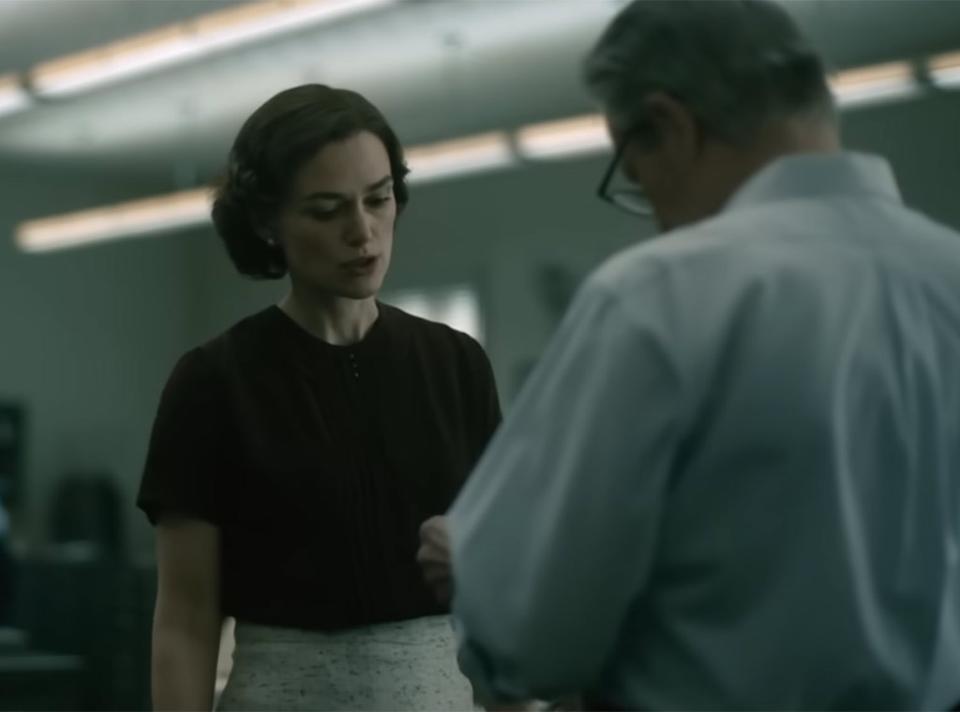
But then, 20-year-old Sophie Clark, a nursing student who lived with two roommates in Back Bay, was found sexually assaulted and strangled with her own stockings on Dec. 5, 1962. For the first time at one of these crime scenes, per Frank's The Boston Strangler, semen was found near the body.
Then Patricia Bissette, 23, was found Dec. 31, in the same neighborhood, per Frank. She was tucked into bed, the covers pulled up to her chin concealing the stockings and white silk blouse knotted around her neck.
After Bissette's murder, McLaughlin and Cole were assigned to the story—and they, unlike a lot of cops, including the police commissioner, were increasingly convinced that one killer was responsible.
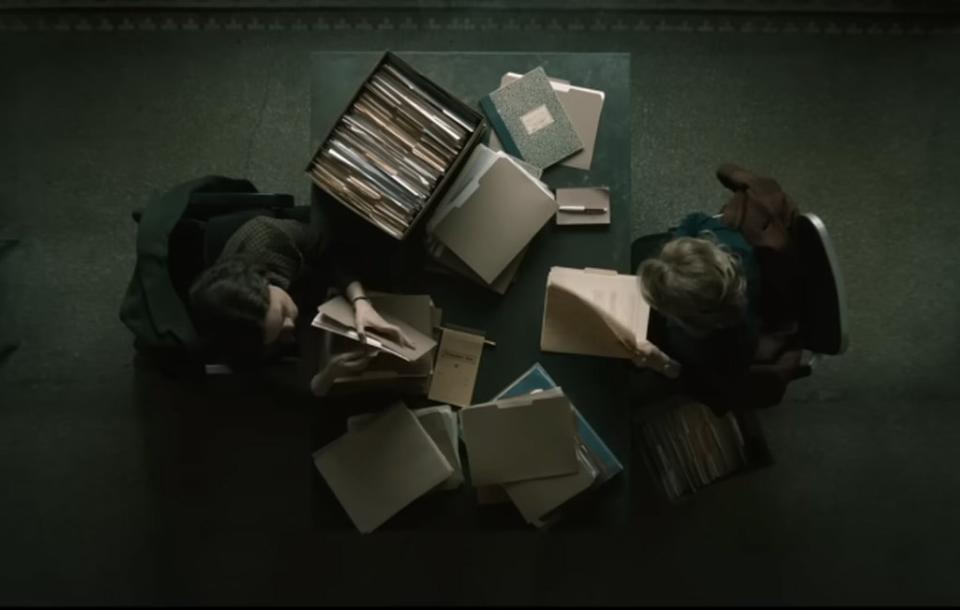
"We'll print the facts," their managing editor, Edward Holland, told them, per Frank's book. "Maybe these murders do fit a pattern and the pattern will point the way to the killer."
Their first article, published Jan. 9, 1963, was headlined: "Two Girl Reporters Analyze Strangler."
The duo wrote 29 daily stories about the case, reconstructing the crimes with exclusive autopsy report details that authorities had never shared and dissecting the many problems they found with how the police investigation was being conducted.
Questioning the Boston police provoked ire from law enforcement, other newspapers and many of the people who read them. Even decades away from social media, Cole and McLaughlin—both of them married moms in their 30s—were bombarded with creepy letters and threatening phone calls. They eventually had to get unlisted telephone numbers.
Which other killings were attributed to the Boston Strangler?
Beverly Samans' fiancé found the 23-year-old Boston University grad student dead in her Cambridge apartment on May 8, 1963. According to Frank's The Boston Strangler, she was lying on her pullout couch, stockings knotted around her neck and her wrists tied with a sequin-studded silk scarf. But Samans had been stabbed 22 times, and the stockings were just decoration.
Evelyn Corbin, 58, was found in her Salem apartment on Sept. 8, 1963, strangled with stockings, underwear stuffed into her mouth and another pair of stockings tied in a bow around her left ankle.
Joann Graff, 23, was raped and strangled in her apartment in Lawrence, Mass., on the afternoon of Nov. 23, barely 24 hours after President John F. Kennedy was assassinated. The stockings around her neck were tied into a floppy bow, and she had bite marks on her left breast.
The Real-Life Serial Killers in Mindhunter
On Jan. 4, 1964, two longtime roommates returned to their Beacon Hill apartment to find their newest housemate, 19-year-old Mary Sullivan, propped up in bed and killed in such a way, Frank wrote, that "multiplied all the horror of the ten strangulations that preceded hers." The stocking around her neck and a pink silk scarf tied in a big bow were familiar calling cards.
Cole and McLaughlin had charged in their reporting that the case was never going to be solved if authorities from different law enforcement entities didn't find a way to pool all their information and utilize each other's detective work.
Meanwhile, Detective Lt. John Donovan, chief of BPD's Homicide Division, was overseeing a hunt for what he still believed were multiple killers. Aware of the competing theories, Assistant State Attorney General John Bottomly—who had been appointed coordinator of the entire multijurisdictional endeavor—commissioned the building of a computerized database for investigators to enter every detail they had. He enlisted prominent area psychiatrists to work up a profile of the killer, and suggested the government's reward for info be increased to $10,000.

How did police catch the man believed to be the Boston Strangler?
On Oct. 27, 1964, a 20-year-old newlywed reported to police that she'd been tied up and sexually assaulted in her Cambridge apartment. She said her attacker held a knife to her throat and told her not to look at him, but she did—and the description she gave resembled a criminal dubbed the "Measuring Man."
Albert DeSalvo, a married father of two, had spent two years in jail for attempted breaking and entering and assault and battery: His M.O. was posing as a modeling agent to get into women's apartments so he could take their measurements. The so-called "Measuring Man" was released April 9, 1962, two months before the strangling murders began.

The 33-year-old was arrested Nov. 3, 1964, but pleaded not guilty to the Oct. 27 assault and was released on $8,000 bail. When his picture was released, however, Connecticut authorities said that four women in four different towns had reported being assaulted within a few hours on May 6, 1964, and he looked like their suspect.
DeSalvo was arrested again Nov. 5. He said he wouldn't talk until his wife came to the station, where he told her—with police observing—that he'd "done some very bad things with women," but he'd never killed anyone.
His reportedly unsurprised wife, Irmgard DeSalvo, encouraged him to confess everything, and he told detectives he'd done more than 400 break-ins and "there's a couple of rapes you don't know about," per Frank. He denied knowing anything about the strangling murders.
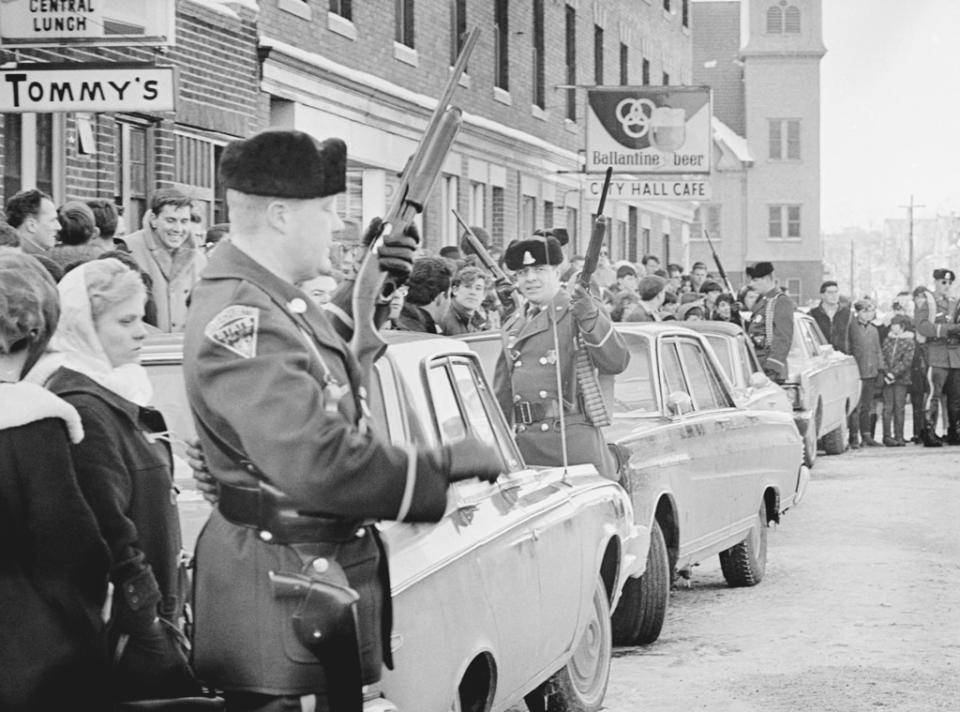
DeSalvo, diagnosed as sociopathic with schizoid features and depressive trends, per Frank, was transferred from jail to Bridgewater State Hospital. He was judged incompetent to stand trial on the rapes, and was committed to the psychiatric facility on Feb. 4, 1965, for the foreseeable future. But then he reportedly started sharing details that seemingly only the Boston Strangler himself would know with another inmate, George Nassar.
Nassar then called his lawyer, F. Lee Bailey, who three decades before joining O.J. Simpson's defense "Dream Team" made a name for himself representing DeSalvo.
DeSalvo told Bailey on tape that he'd killed all 11 of the aforementioned women, as well as 69-year-old Mary Brown in Lawrence on March 9, 1963. He was going to kill another woman in 1962, he said, but she had a heart attack right in front of him. (She was later identified as Mary Mullen, 85.)
Bailey, who used his client's murder confession to argue that he was too insane to be guilty of rape, maintained for the rest of his life that DeSalvo was, in fact, the Boston Strangler.
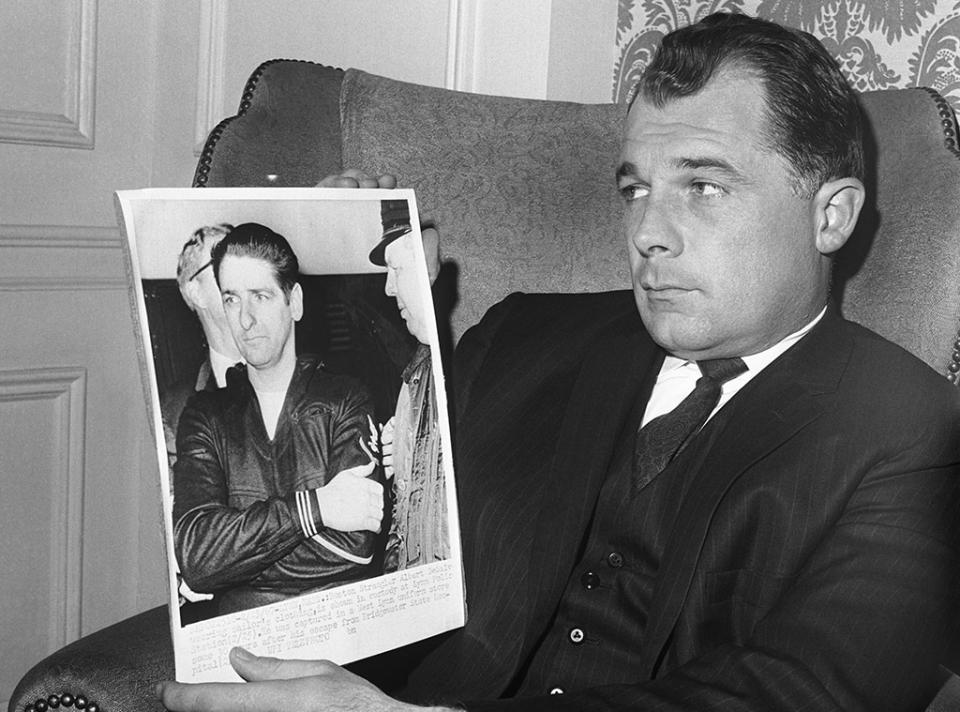
But no witnesses who remembered seeing a strange man in their buildings or nearby on the days of the killings recognized DeSalvo when investigators showed them pictures.
And authorities, including Assistant AG Bottomly, had their doubts that the prisoner was telling the truth, per Frank. They also wondered if Nassar, who was charged with killing a gas station owner (and later found guilty), was actually their guy and he was trying to pin the other killings on the unstable DeSalvo.
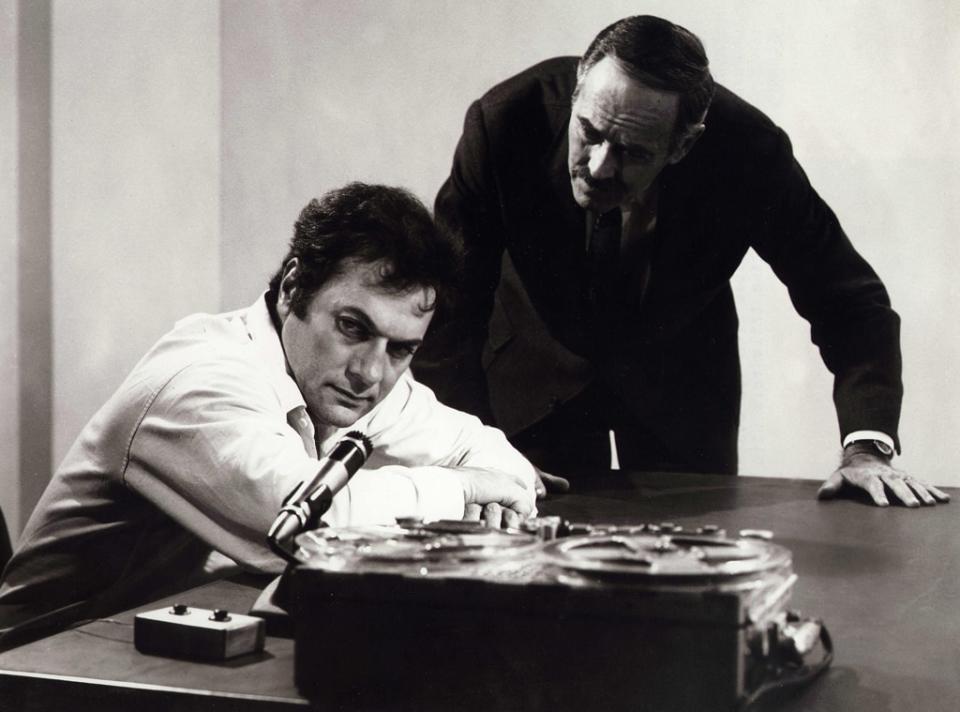
Was Albert DeSalvo really the Boston Strangler?
In the summer of 1965, Bottomly—played by Henry Fonda in the 1968 film opposite Tony Curtis as DeSalvo—sat down for a series of interviews with DeSalvo, hoping to learn once and for all whether he was the Strangler or not.
DeSalvo went on to describe the crimes in detail. Eventually Bottomly and the lead detectives started to believe that he really was the killer, especially when he shared a correct detail that every published news article had got wrong because there had been an error in the police report.
As Frank explained, upon getting out of jail, DeSalvo had been categorized as a known breaking-and-entering perp and not a sex offender, which kept him off authorities' radar when they were searching their records for possible suspects.
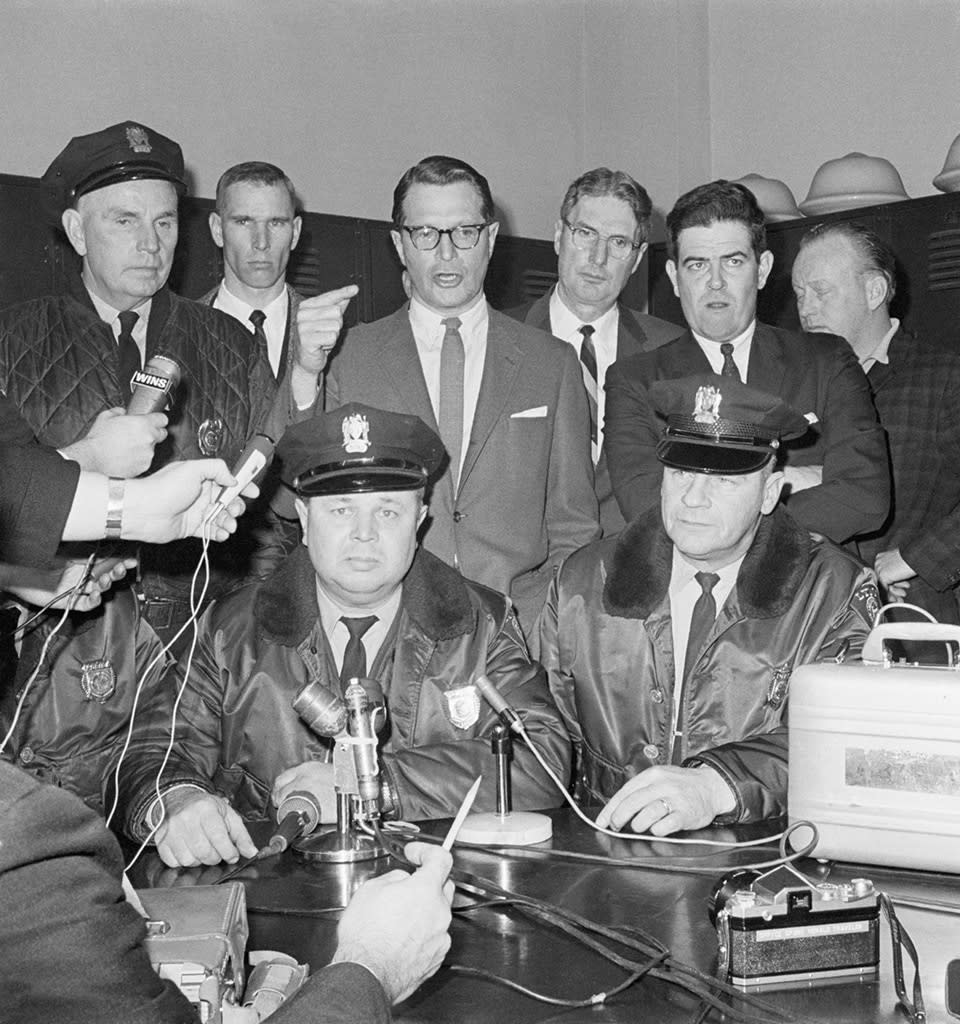
Some of the statements DeSalvo made over the course of 50-plus hours of interviews, which amounted to 2,000 pages of transcripts, were unprovable. But relatively speaking, he didn't get much wrong, and investigators were able to verify most of the details he provided.
On June 30, 1966, DeSalvo was found competent to stand trial for the "Green Man" rapes (so called because victims recalled their attacker wearing green work pants).
He pleaded not guilty and Bailey argued that the jury had no choice but to find his client insane so he could receive psychiatric treatment. But DeSalvo was convicted of 10 counts of rape and armed robbery and sentenced to life in prison on Jan. 18, 1967.
"Massachusetts has burned another witch," Bailey told reporters after the verdict. "No fault of the jury's, of course. It's the fault of the law."
DeSalvo and two other inmates escaped from Bridgewater on Feb. 24. He was caught the next day at a clothing store in Lynn and, after that escapade, was transferred to a maximum-security facility that is now the Massachusetts Correctional Institution—Cedar Junction.
DeSalvo later recanted his confession. He was stabbed to death by a fellow inmate in the prison infirmary on Nov. 25, 1973, having never been formally charged with any of the Boston Strangler killings.
Stars Who've Played Serial Killers
In July 2013, authorities announced they had recovered familial DNA evidence linking DeSalvo to the 1964 murder of Mary Sullivan. DeSalvo's remains were exhumed to confirm their findings, and authorities said the chance was 1 in 220 billion that the DNA belonged to someone else, the first bit of forensics propping up DeSalvo's confession.
"That confession has been the subject of skepticism and controversy since almost the moment it was given," Suffolk County District Attorney Daniel Conley said at a press conference when the findings were announced. He acknowledged the lack of consensus that DeSalvo was the so-called Boston Strangler, and stressed that this evidence still only linked him to one victim (whose own nephew had written a book detailing why he thought there were multiple killers).
"I hope this brings some measure of finality to Mary Sullivan's family," said then-State Attorney General Martha Coakley. "This leaves no doubt that Albert DeSalvo was responsible for the brutal murder of Mary Sullivan, and most likely that he was responsible for the horrific murders of the other women he confessed to killing."
Boston Strangler is streaming on Hulu.
For more true crime updates on your need-to-know cases, head to Oxygen.com.

